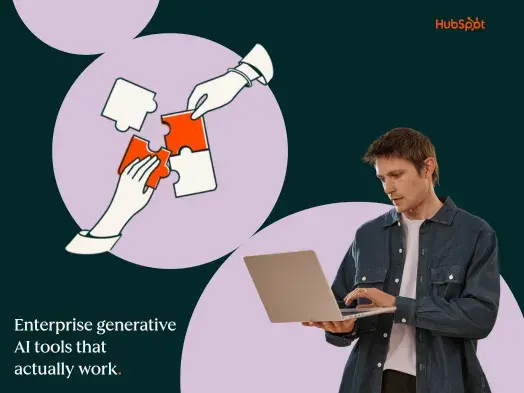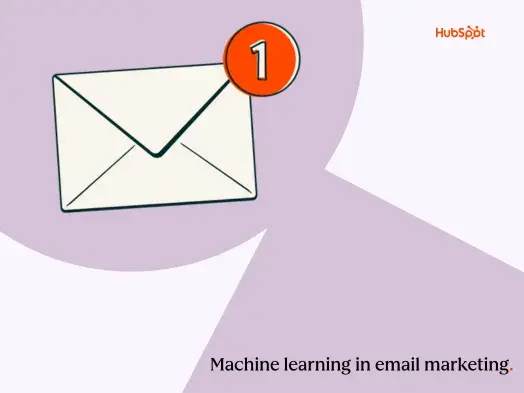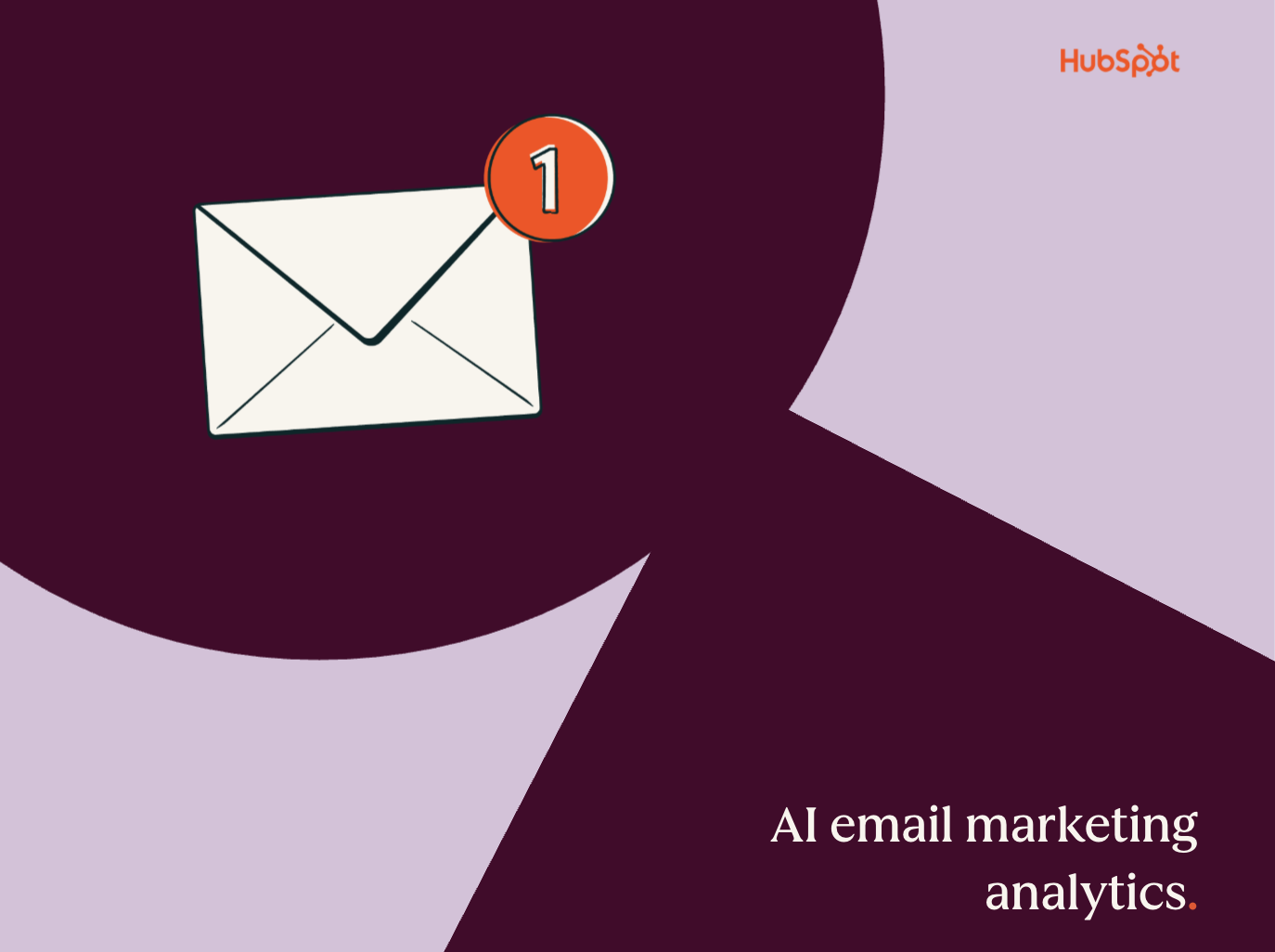When Sophia, a robot who uses artificial intelligence to interact with humans (like Jimmy Fallon) visited my college last year, I was awestruck.
At first, I thought Sophia would have a similar intelligence level as a simple bot, like Siri, who can only hold basic conversations and address straightforward questions and requests. But when Sophia’s developer started asking her questions, she completely debunked my assumption. She was articulate, made animated facial expressions, and had a surprisingly quick wit.
Sophia’s ability to intellectually and socially interact with people seems like one of the most exciting advancements in artificial intelligence. But the thing is, she can’t actually understand conversation -- her software is programmed to give scripted responses to common questions or phrases, creating an illusion that she’s naturally interacting with you.
Sophia doesn’t need to be able to naturally interact with humans, though. She’s designed to perform simpler interactions, like accompanying the elderly in nursing homes and helping people find their way at large events or parks.
If developers want to create computer systems that can naturally interact with humans, and, in turn, handle higher-stakes situations, like helping teachers develop a personalized learning track for each of their students or helping doctors make optimal recommendations for their patients, they need to program cognitive computing into its software.
Cognitive computing is a subset of Artificial Intelligence that can analyze enormous amounts of data in the same way humans think, reason, and remember, so professionals can naturally interact with the technology and extract data-backed recommendations from it.
Marketers can even use cognitive computing to craft more human-centric customer journeys. But before we delve into how brands are applying cognitive computing to their marketing strategy, let's go over what it exactly is.
What is cognitive computing?
Cognitive computing blends cognitive science, which is the study of the human brain and how it works, and branches of computer science, like deep learning, neural networks, machine learning, natural language processing, human-computer interaction, visual recognition, and narrative generation to help computer systems simulate human thought processes.
Since cognitive computing can process massive amounts of data that no human could ever digest and imitate the human brain like no computer system ever has, the technology has amazing potential to amplify our abilities -- not replace us -- and help us make better, data-driven decisions.
Cognitive computing applications in marketing
As marketers, we always want to get better. Refining our process and strategy to solve our customers’ problems is our mission. But to understand which tactics actually work and which ones don’t, we usually need to analyze huge sets of complex data.
Data analysis can seem like a tall task, especially if you’re more of a creative marketer. But today, cognitive computing can crunch the numbers for you, helping you make better decisions faster and hone important aspects of your brand, like brand voice, reporting, and customer support.
Brand Voice
Gauging your brand voice is one of the most challenging tasks in marketing. Tone is subjective, so while some of your colleagues might think your content reads like a punchy publication’s feature story, others might think it reads like clickbait.
With cognitive computing, however, you can literally plug your content into an algorithm, like Contently’s Tone Analyzer, and the technology will analyze and quantify your brand voice.
The IBM Watson-powered technology scrapes content for as much text as possible and assigns a numerical score to five traits -- expressiveness, formality, sociability, empathy, and emotion -- helping Contently's clients learn what their brand voice actually is. They also use the tone analyzer to help them emulate their favorite publications and find freelance writers who can write with their brand’s desired tone.
Reporting
In most enterprise organizations, specific marketing teams usually silo their data, making it hard for the department to track all their customers’ touch points and understand their true buyer’s journey.
The founders of Equals 3, saw this prevalent problem as a business opportunity, so in 2015, they partnered with IBM Watson to launch Lucy, a cognitive computing marketing solution. Lucy helps Fortune 1000 companies access all their marketing data with natural-language queries on one platform, just like a search engine.
Once organizations feed Lucy their data, she can use AI and cognitive computing to instantly organize their information into specific reports, saving marketers countless hours from manual reporting and providing them with more transparency.
Customer Support
Digital assistants on our phones, like Siri, have pre-programmed responses to a limited amount of requests and questions, but customer support technology with cognitive computing capabilities can actually understand natural language, accurately answer people’s questions, and run customer support more efficiently.
For instance, Hilton Hotels first ever concierge robot, Connie, can help guests figure out the best attractions to go to, the best restaurants to dine in at, and she can even move and point her body to direct guests toward any spot in the hotel. All they have to do is ask Connie their question, and she can quickly help them out.
With Connie’s assistance, Hilton Hotel employees can ultimately provide better customer service by picking up more phones and checking people in faster.
Will cognitive computing move AI beyond hype and into reality?
Artificial intelligence is one of the most hyped technologies in marketing. But if teams can take full advantage of cognitive computing to serve prospects and customers in a more human way, AI will be as groundbreaking as everyone says it’ll be.
Artificial Intelligence


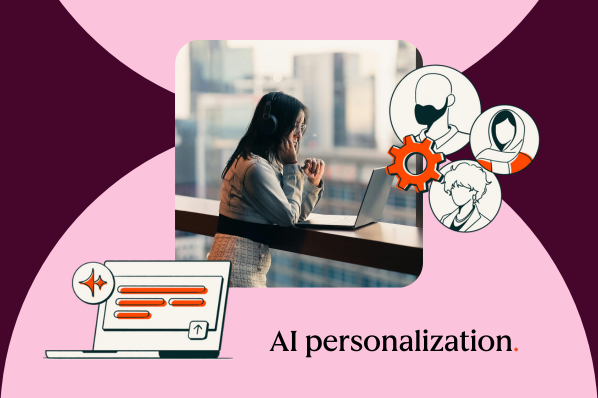
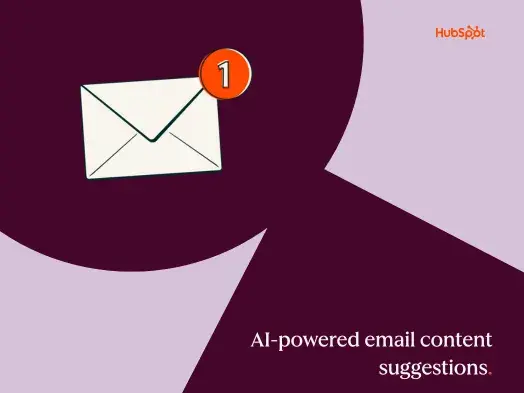

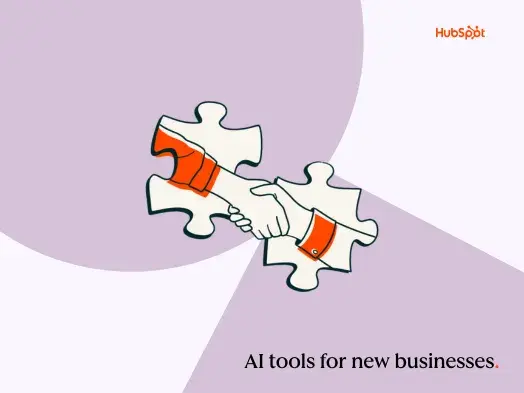
![AI email subject lines that drive 3x more revenue and actually convert [+ exclusive insights]](https://53.fs1.hubspotusercontent-na1.net/hubfs/53/ai-email-optimization-1-20251014-4500151-1.webp)
